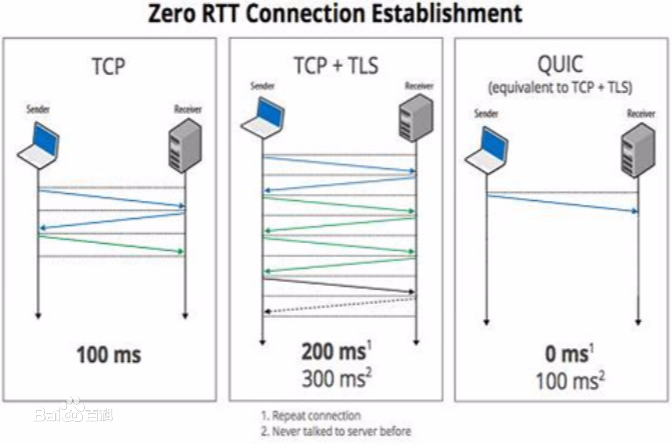We analyzed the generation of protocol header fields in the implementations of multiple TCP/IP network stacks and found new ways to leak information about global protocol states. We then demonstrated new covert channels by remotely observing and modifying the system's global state via these protocol fields. Unlike earlier works, our research focuses on hosts that reside in firewalled networks (including source address validation -- SAV), which is a very common scenario nowadays. Our attacks are designed to be non-disruptive -- in the exfiltration scenario, this makes the attacks stealthier and thus extends their longevity, and in case of host alias resolution and similar techniques -- this ensures the techniques are ethical. We focused on ICMP, which is commonly served by firewalls, and on UDP, which is forecasted to take a more prominent share of the Internet traffic with the advent of HTTP/3 and QUIC, though we report results for TCP as well. The information leakage scenarios we discovered enable the construction of practical covert channels which directly pierce firewalls, or indirectly establish communication via hosts in firewalled networks that also employ SAV. We describe and test three novel attacks in this context: exfiltration via the firewall itself, exfiltration via a DMZ host, and exfiltration via co-resident containers. These are three generic, new use cases for covert channels that work around firewalling and enable devices that are not allowed direct communication with the Internet, to still exfiltrate data out of the network. In other words, we exfiltrate data from isolated networks to the Internet. We also explain how to mount known attacks such as host alias resolution, de-NATting and container co-residence detection, using the new information leakage techniques.
翻译:我们分析了在多个 TCP/IP 网络堆叠实施过程中生成的协议信头字段的生成情况, 并找到了泄漏全球协议状态信息的新途径。 我们随后展示了新的秘密渠道, 通过这些协议字段远程观测和修改系统的全球状态。 与先前的工程不同, 我们的研究侧重于位于防火墙网络中的主机( 包括源地址验证 -- -- SAV), 这是当今非常常见的情景。 我们的进攻设计是非干扰性的 -- -- 在撤离的情景中, 使袭击更加隐蔽, 从而延长了它们的寿命, 并且当主机别方分辨率和类似技术时, 这确保了这些技术的道德。 我们侧重于通常由防火墙服务的 ICMP, 以及UDP, 预计随着HTTP/3 和 QUIC的出现, 我们的互联网网络通信将占据更显著的比重部分。 我们发现的信息渗漏情景是能够建造实用的隐蔽渠道, 直接穿透的防火墙, 或间接地在同样使用 SAVAV 的防火墙网络中建立通信。 我们描述和测试了三次新版本的外部网络的外部网络 。 在DUDL 搜索中, 数据库中, 使用这些搜索中, 搜索中, 搜索中, 运行中, 使用这些网络的互联网的互联网的网络的路径 使用这些搜索工具的路径的路径的路径, 搜索搜索搜索解解解数据,,,, 搜索解的路径,, 运行中, 数据库的路径, 运行中的数据。




